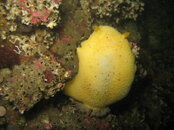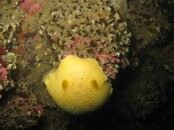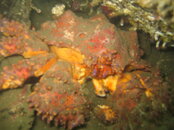Pez7378
Contributor
So, I bought my first underwater camera. Canon's A640 and WPDC-8 housing just had to be mine. Not sure why, other than I already have an S3 IS and love it. Well, my only other underwater camera experience is my friends Casio EX-Z1000 with housing. It is easy to use and he says he just sets it on auto everything and voila! instant, fantastic underwater photos. I tried it and it works. Natural colors, good crisp images, great lighting etc. No strobe. So when I got my camera I thought Yeah! this is going to be a snap! WRONG. So I followed some of the advice I gathered here and set the camera to manual mode, set the ISO to 400, set the light balance to the underwater setting, adjusted the aperture? to 5.6 or so. and the shutter speed was set to around 1/125. Oh and the flash was set at about 2/3 strength. Everything was either too dark or too light. Now as you can see, I'm in the north west and the water was pretty murky (10-15 foot vis) but the sun was out so there was more than the usual amount of natural light. Someone please give me some tips, I really suck at this and I just want to take average pictures....................that people can look at and say Oh what a neat fish instead of Hmmmm, and what is this here?







